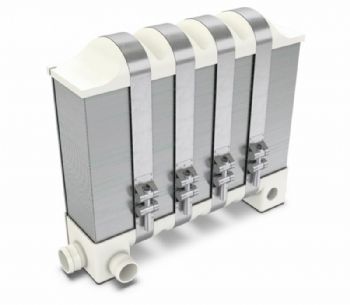
Germany-based Schaeffler is using its core expertise in materials, forming and surface technology to tap into the enormous potential of hydrogen as an energy carrier of the future.
The company, which specialises in high-precision components and systems for engine, transmission and chassis applications, as well as rolling and plain bearing solutions for a large number of industrial applications, has developed key components for fuel cells and fuel-cell stacks called ‘metallic bipolar plates’.
It is currently showcasing its technologies at the Tokyo Motor Show (until 4 November) under the slogan ‘Making mobility sustainable and autonomous’.
Uwe Wagner, Schaeffler’s chief technology officer (
www.schaeffler.com), said: “We want to shape CO
2-neutral, sustainable and individual mobility with regard to the entire energy chain.
"The problem of global CO
2 emissions cannot be solved with purely battery-driven vehicles alone.
"Heavy-goods vehicles in particular will require alternative energy storage systems, and hydrogen in combination with the fuel cell offers outstanding opportunities here.
"Hybrid storage systems — ie the combination of a battery and hydrogen — are also an attractive solution for achieving a longer range in passenger cars.”
The thin bipolar plates are produced by precise forming and coating, then stacked to form the core of the fuel-cell system, which lets H2 react with O2 to form water.
The electricity generated during this process can be used to power the vehicle’s electric motor.